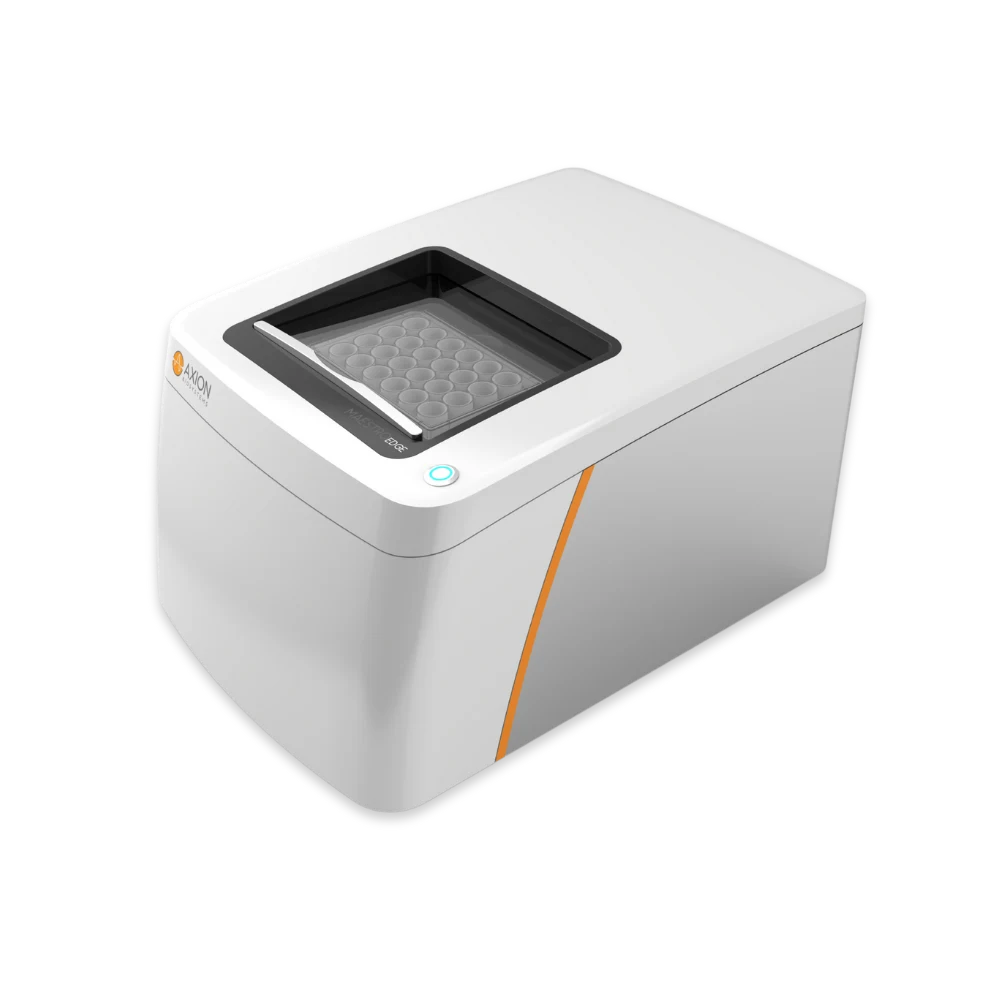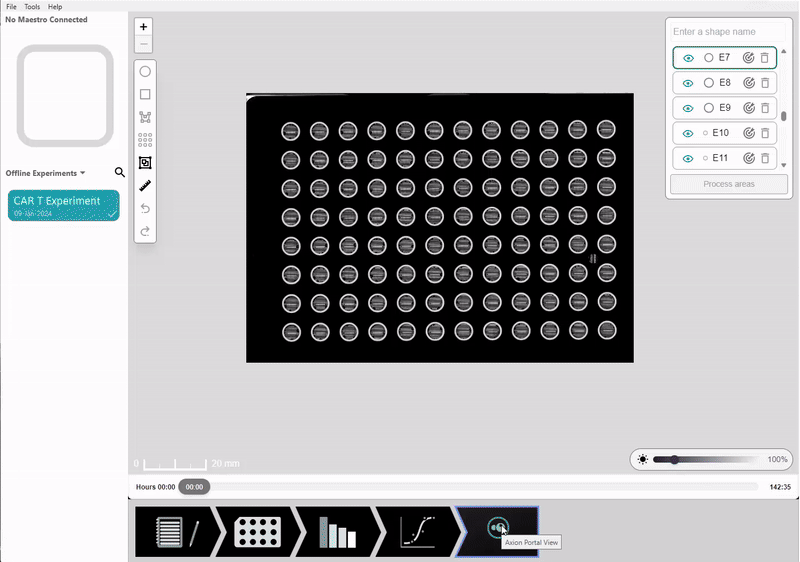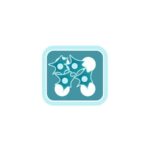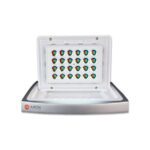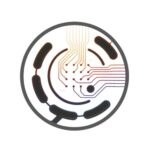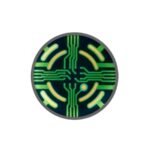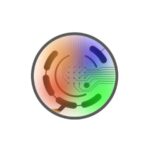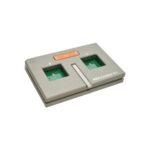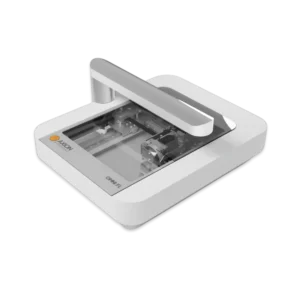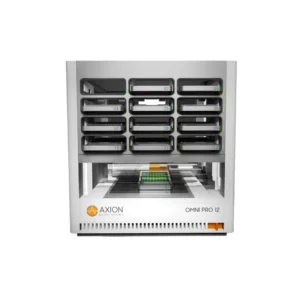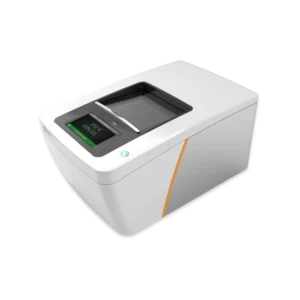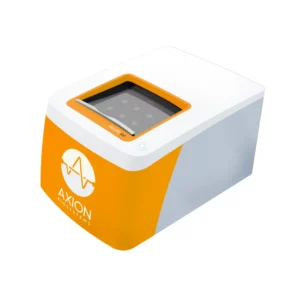The Maestro Edge Microelectrode Analyzer (MEA) from Axion Biosystems is a cutting-edge tool designed to measure cellular activity in real-time, label-free. This advanced system is pivotal for assessing key parameters of neural network activity, cardiac functionality, and cell growth, death, and attachment, making it an essential addition to your laboratory equipment.
Precisely Control the Cell Environment
Cells thrive in a controlled environment. The maestro edge features a smart environmental chamber that precisely regulates temperature and CO₂ levels while minimizing electrical noise and mechanical vibrations. This ensures optimal conditions for your experiments.
Connect to Your Network
With the Neural and Cardiac modules, the MEA enables 384 simultaneous live recordings from your cells. Understand life’s circuitry in real-time and label-free using 6- or 24-well plates, enhancing your research capabilities.
Continuous Cell Monitoring
For those requiring detailed insights, the Impedance module allows 96 simultaneous live recordings. Monitor cell proliferation, morphology, and viability continuously in real-time, providing a comprehensive view of cellular dynamics.
See Your Cells
Visualizing your cells is crucial. The Maestro Edge’s patented CytoView™ transparent circuit technology allows for easy observation and assay multiplexing, bridging the gap between data and visual confirmation.
Control Cellular Activity
Recreate specific patterns of cellular activity using electrical stimulation or light pulses with the Lumos optical stimulation system. This feature empowers researchers to manipulate cellular responses effectively.
Maestro Edge overview
Electrical activity can give important context to your research. Detailed functional characterization is critical for understanding disease mechanisms, but many researchers avoid it because the techniques can be laborious. Electrophysiology doesn’t have to be difficult. The Maestro MEA platform makes it easy to perform complex electrophysiological experiments and gain deep insights into the function of cells. But the Maestro Edge isn’t just an MEA system — it also features sensitive impedance-measuring capabilities to monitor the kinetics of cellular growth, death, and signaling in real time.
Since launching our first multiwell plate-based Maestro MEA system more than a decade ago, it has become an indispensable tool in academic, biotech, and pharma labs around the world.
Start Your Assay with the Push of a Button
Experience ease of use with the one-button setup that automatically adjusts temperature and CO₂ levels upon plate docking. An integrated plate barcode scanner logs plate usage for effortless experiment tracking.
Monitor Kinetics Anywhere
With the Impedance module, you can track changes in cell proliferation, viability, and cell death remotely via your smartphone. Stay connected to your research without being tied to the lab.
For more information and options, look at our article, Micro Electrode Array Analyzers for Advanced Live Cell Analysis in South Africa on our Insights page, where you will find detailed articles that assist you in understanding various products and applications.

